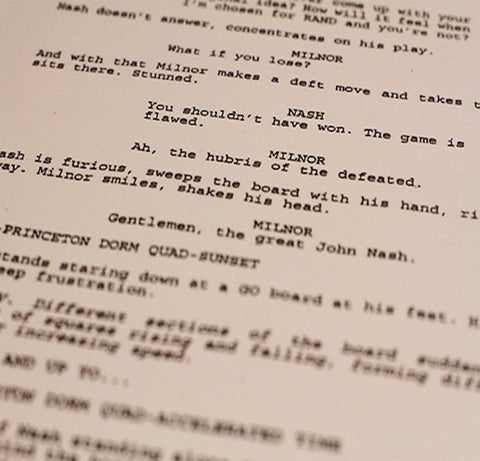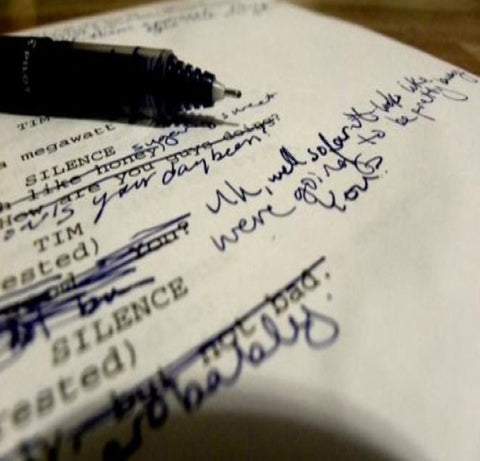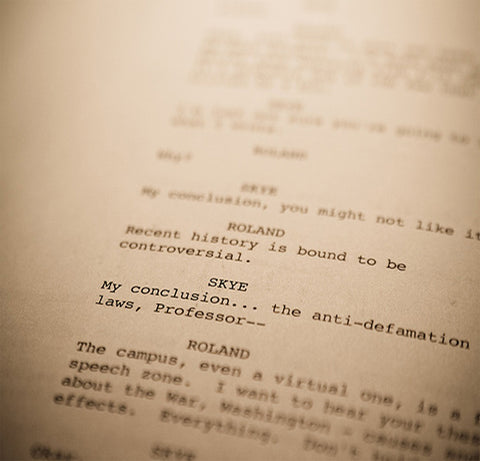
COMMON TROPES – OPENING SCENES
In past articles we’ve touched on the use of tropes. These are a few common tropes we see in the opening scenes of screenplays.
Waking up. In the opening scene, we watch the protagonist wake up. We get a sense of their daily life, etc. Bonus points if waking up is preceded by a dream. Extra bonus points if the alarm goes off and the protagonist is in a hurry because a) they’re late; b) it’s a big day for them.
Waking up in space. This is the sci-fi variation thereof. Ever since the original ALIEN came out, we’ve seen millions of sci-fi spec scripts that open with the protagonist (and perhaps other characters) waking up in pod, where they have been kept in stasis during a long trip.
Tied to a chair. This one frequently pops up in thrillers. We open on a character who is tied to a chair and being menaced by someone else, typically the antagonist. The person in the chair is usually a minor character. The antagonist gives them a big monologue, and we usually cut out of the scene with a gunshot/smash to black. This trope was nicely used in MISSION IMPOSSIBLE III. Which leads us to…
Tense beat from later in the story. The script opens with a tense, actiony scene from later in the story; we end the scene on a cliffhanger of some kind, and cut back in time to the beginning.
This is a frequently used tactic, particularly with the scripts coming out of the bigger agencies. It’s used to let the reader/audience know that… don’t worry, the script will deliver the goods. (In this way, it works as a “statement of intention.”) Once we’ve established that the script will deliver, we can relax and engage as it plows through the necessary work of establishing exposition.
A minor character gets killed. This one typically shows up in horror specs. We want to open the horror movie with a scary scene. This scene can work to establish the threat (GHOSTBUSTERS), establish the high-concept (SCREAM), and/or establish the antagonist (pretty much any slasher). The victim is usually a minor character, though sometimes they attain story prominence by bringing the protagonist into the story (THE RING), establishing the nature of the threat/haunting (JAWS), and perhaps how to solve/defeat it.
The unrelated mission. We open with the protagonist engaging in a mission that’s fun and exciting, but plot-wise doesn’t have anything to do with the primary A-story. This is a common trope to action movies, for example the James Bond franchise, and the first three Indiana Jones movies.
“That’s me.” The script uses the opening scene to establish the protagonist by introducing them in a tense and/or surprising scene, and then the protagonist starts speaking to audience in voice over, telling them, “That’s me.” We usually see this one in comedies; for example, it was subverted nicely in RATATOUILLE. However: avoid the urge to accompany the freeze frame with a record scratch; I have never once read a good script that makes this choice :-)




